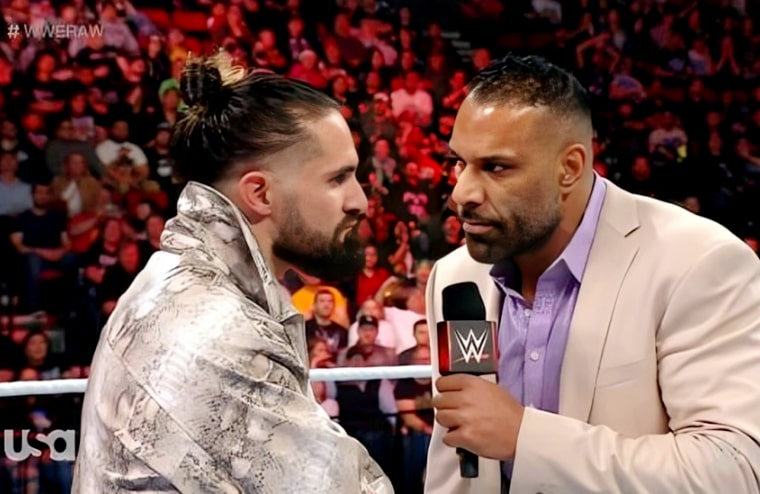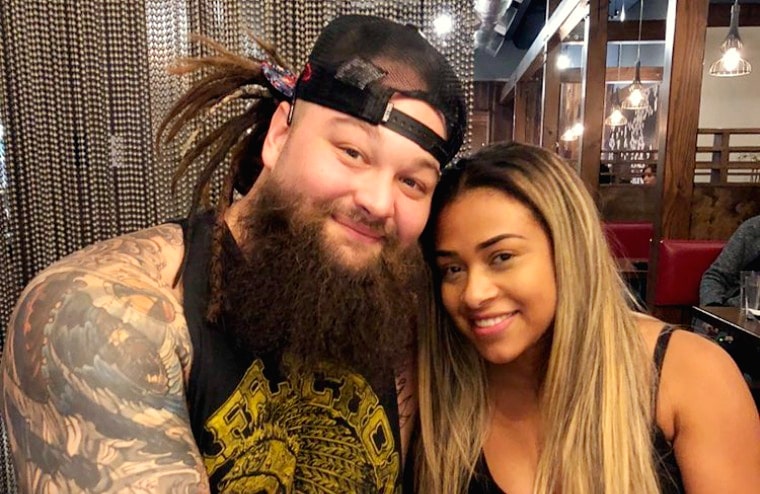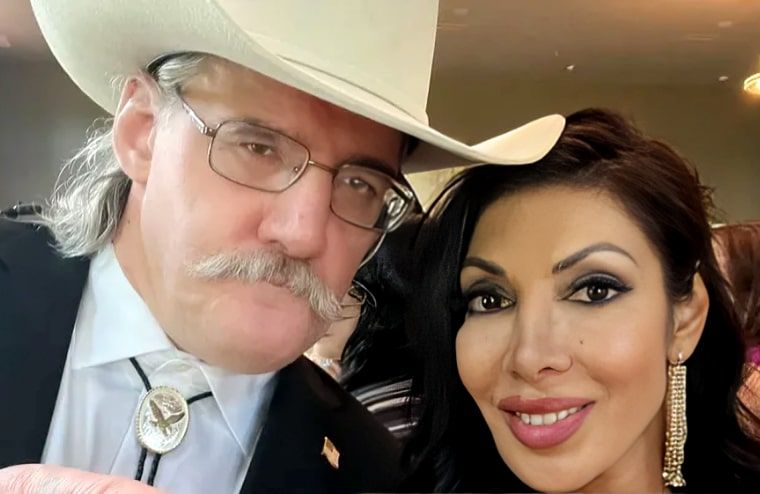The long-term building is something that seems to have become a lost art in professional wrestling. This isn’t shocking, given the way the industry has changed. Prior to the 1980’s, wrestling companies just slowly built up rivalries and feuds, had them maintain for a period, then a blow-off match would occur, and the participants would move on. The goal (unless one of the two participants were leaving the territory) Is that one person would “go over” (win the final match) and the other would “get over” (look strong enough that they would continue to be a believable draw). Depending on the territory, these runs could last several months, or in some cases over a year.
However, things changed when promotions began holding big annual events in stadiums (Mid-South in the Superdome, World Class in Texas Stadium) and of course, Closed-Circuit and Pay-Per-View got involved, giving us Starrcade and Wrestlemania. Now, while there was still a focus on constantly being able to draw fans, all major stars needed to be steered in a direction to maximize their drawing ability at these big events. Often, bookers would work backwards from the feature matches on these big shows, so they would have a logical build to pull the fans into the storyline. It was still long-term building, but these events became a big focus, with all other storylines and feuds feeding into this big event.
For example, when it came to Wrestlemania 2 back in 1986. Following the success of the first Wrestlemania (which also saved WWF from financial peril), Vince McMahon knew he would need a strong opponent for Hulk Hogan to headline the next event. It has become legend that Vince was trying to decide between King Kong Bundy or Randy Savage for the top spot. If you look at the way Savage and Bundy were booked in the months leading to Wrestlemania 2, you could see how both men were being kept strong. Savage, as most people remember, became Intercontinental Champion, while Bundy went through a feud with Andre The Giant where all the matches ended in disqualifications (because no one beat Andre on WWF shows back then). Both were believable contenders and had momentum before Vince decided to go with Bundy.
This type of building became more difficult to do as the calendar got crowded with more “major events” that needed main events that would draw. Feuds had to peak faster, and there was an emphasis to give fans fresh matches on top. There were still long-term builds, even into the 90’s, but soon it seemed promotions were just constantly hot shotting angles and storylines, and whenever a new character caught fire, they were thrust into the main event picture. There was a lack of unique main event possibilities, because they were rushed and used up faster and faster. Shockingly, even the end of the Monday Night Wars did little to slow this practice down. In an effort to constantly give fresher matches on top, there was rarely time for a long-term build.
Why do I bring this up? Because one of the biggest complaints I see from fans is that they are burnt out on seeing the same top guys headlining shows. They are “bored” with them and begging for something fresher on top. Which brings us to Chris Jericho and Brock Lesnar, who have shown that the fans don’t always need a constant stream of matches from the top stars to be interested in them.
In 2019, Chris Jericho wrestled 12 matches. That’s it. 12 bouts. Two of them were for New Japan Pro Wrestling, and ten were for AEW. Of those AEW bouts, only six were singles matches. Since AEW debuted weekly television in October, Jericho has only had three singles matches on the Dynamite program, with the other one being a Pay-per-view. You couldn’t get burnt out on Chris Jericho matches, because there weren’t enough to get burnt out on. You appreciated each one, and looked forward to the next one to happen.
In 2019, Brock Lesnar wrestled 8 matches (if we include the Money In The Bank appearance, so really, it was seven). Now, unlike Jericho, Brock didn’t wrestle any tag team matches. All of them were singles bouts, and other than the FOX premiere of Smackdown, all of Brock’s matches were on PPV/WWE Network. Brock Lesnar’s light schedule is a source of agitation for some fans, who feel his part-time schedule hurts the company, but the simple truth is the majority of the fans see a Brock Lesnar match as a big deal because it so rarely happens. It is more special than seeing two wrestlers face each other six times in a two month span.
Now, am I suggesting that WWE, AEW, Impact, etc. curtail their top stars to only wrestling a dozen or less times a year? Not at all, but I am saying that instead of burning out fans by rushing through every possible main event combination in order to give fans “something fresh” every month, hold back on some of those potential matchups. For decades in Japan, promotions used tag team and six-man matches to give fans a taste of the dream matches, whetting their appetite, before finally delivering on the big bout once or twice a year.
It’s okay not to give the fans everything at once…. make them wait for the matches, make them special. Trust me, fans are not going to stop watching just because you aren’t giving them the grand finale every single week. They will watch the build, and probably be more satisfied with the main event that gets constructed as a result. The way to make fans love the great matches, as bizarre as it seems, might be to give them less.
- The ECW Matches We Didn’t Get: Shane Douglas vs. Brian Pillman - May 8, 2021
- The ECW Matches We Didn’t Get: Public Enemy vs. Bubba Ray & D-Von Dudley - April 14, 2021
- The ECW Matches We Didn’t Get: Mike Awesome vs. Rob Van Dam - April 4, 2021




